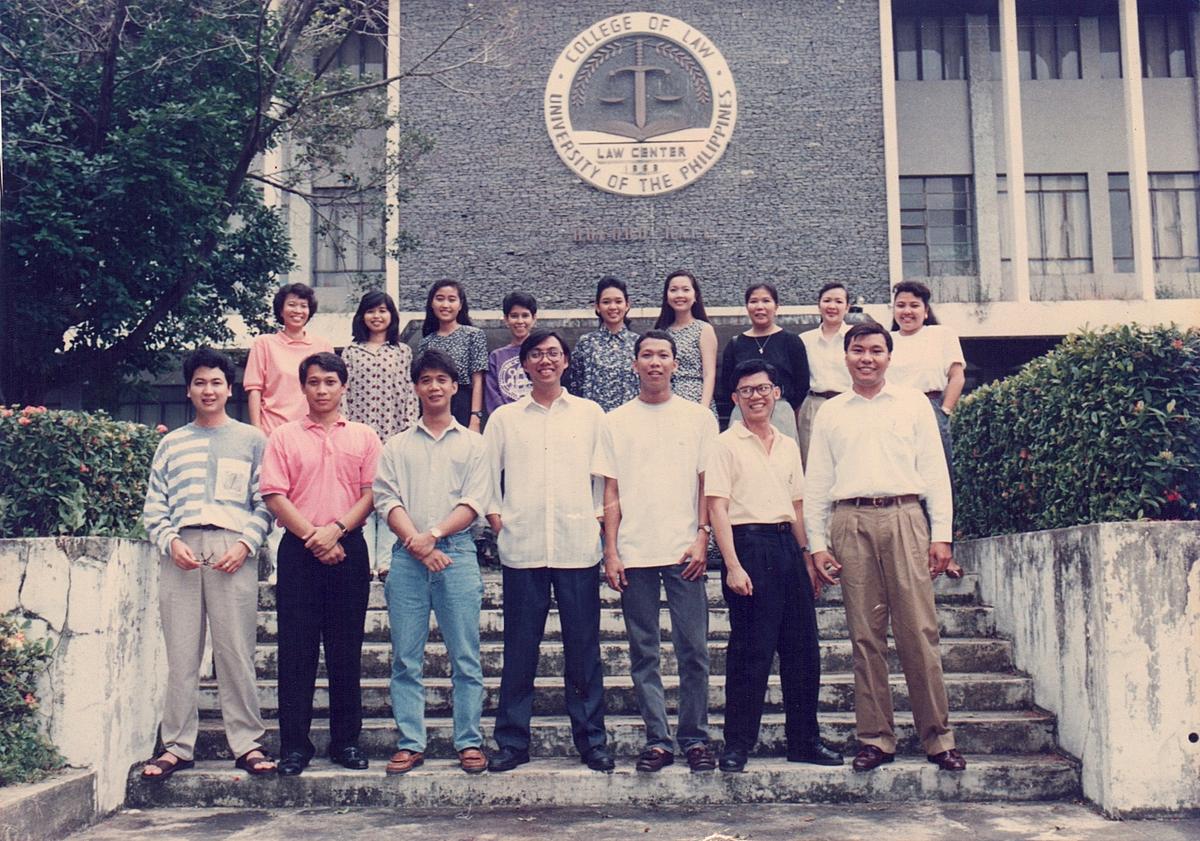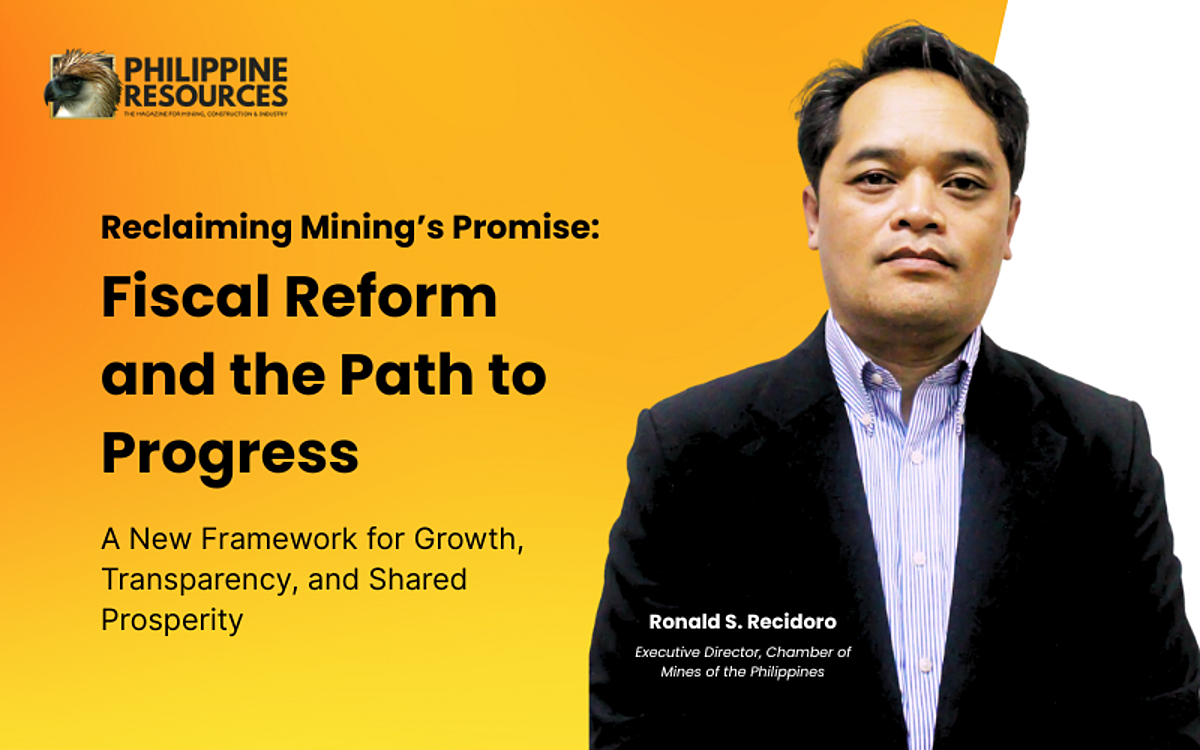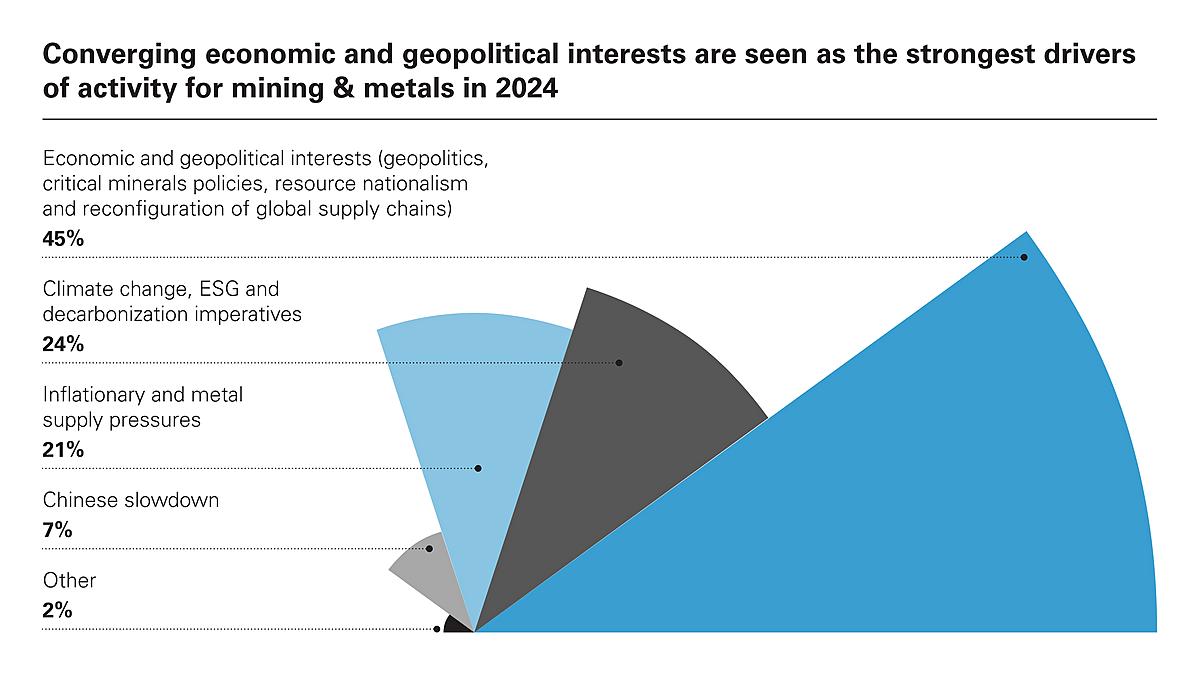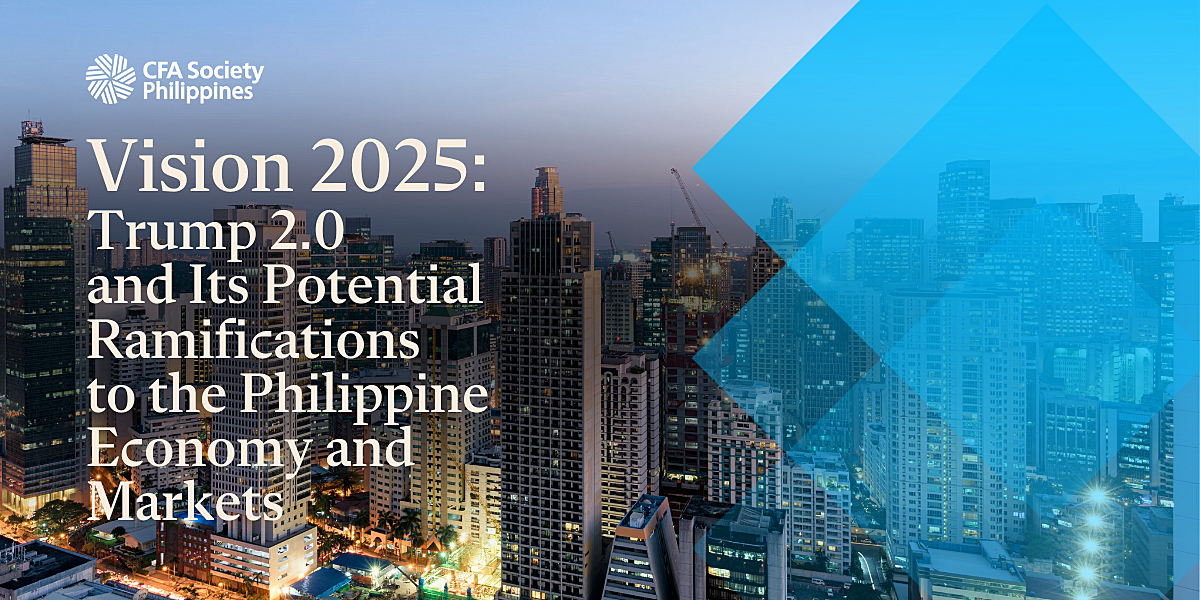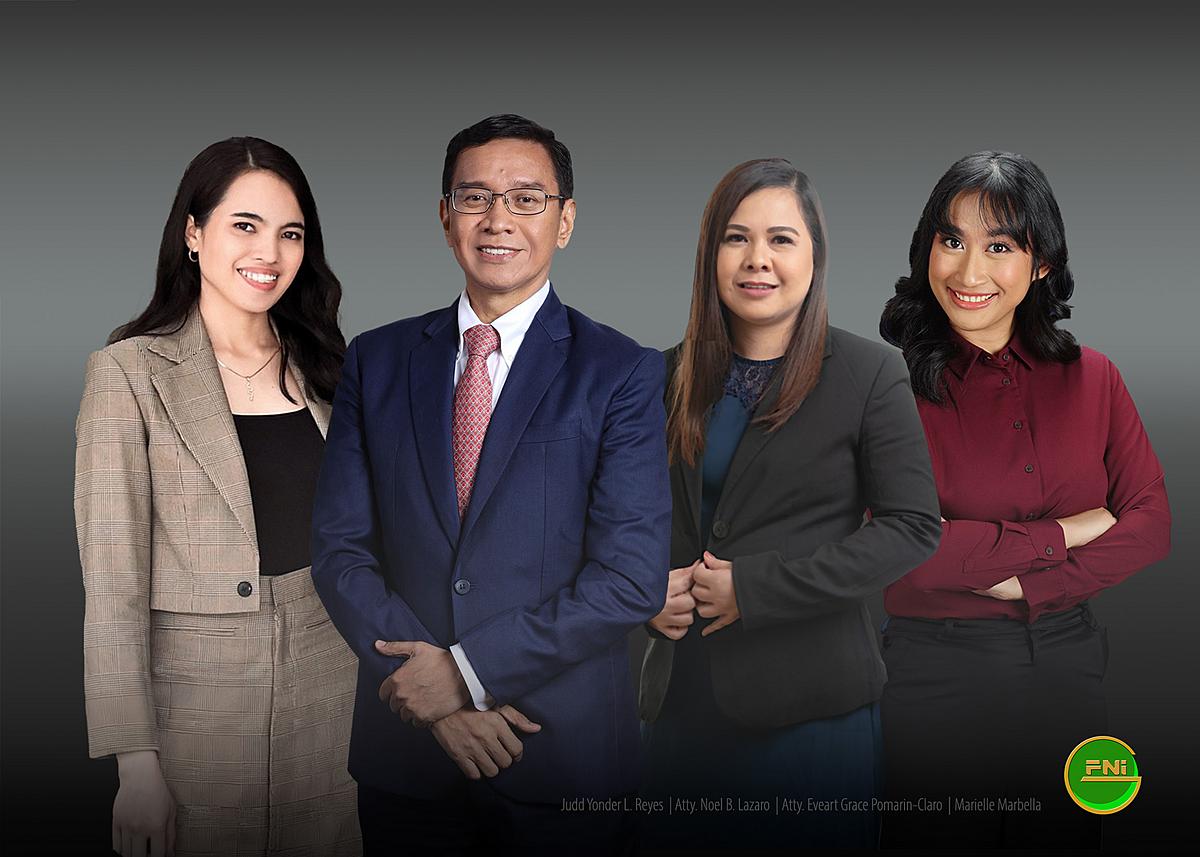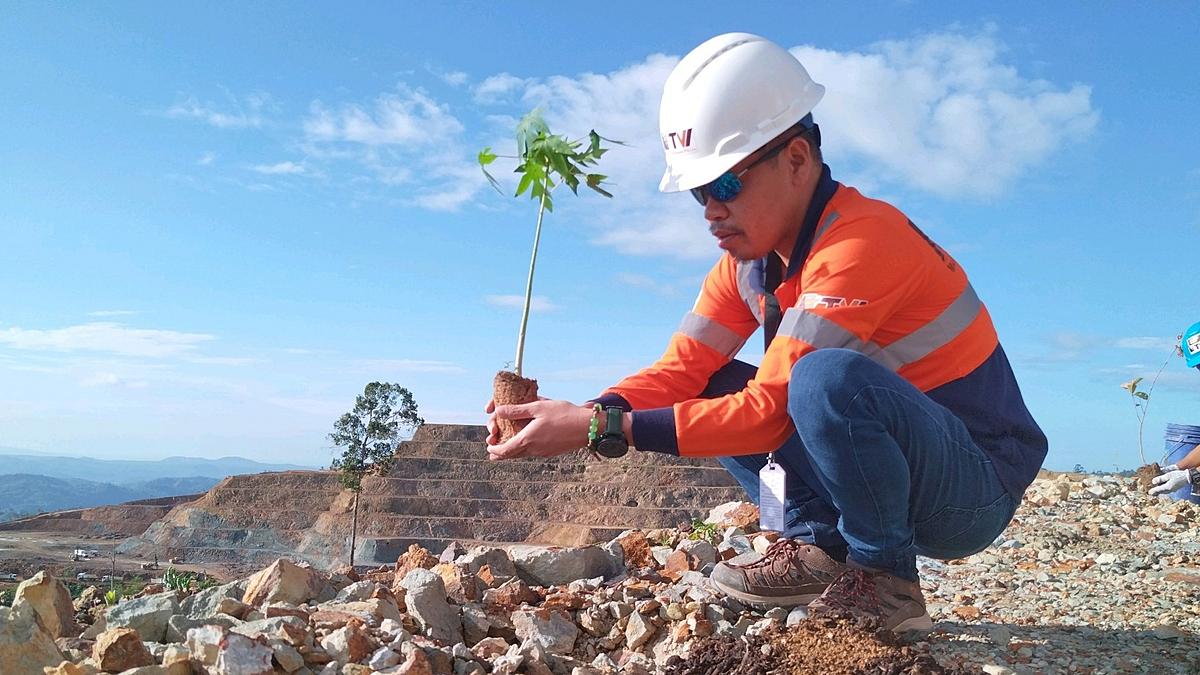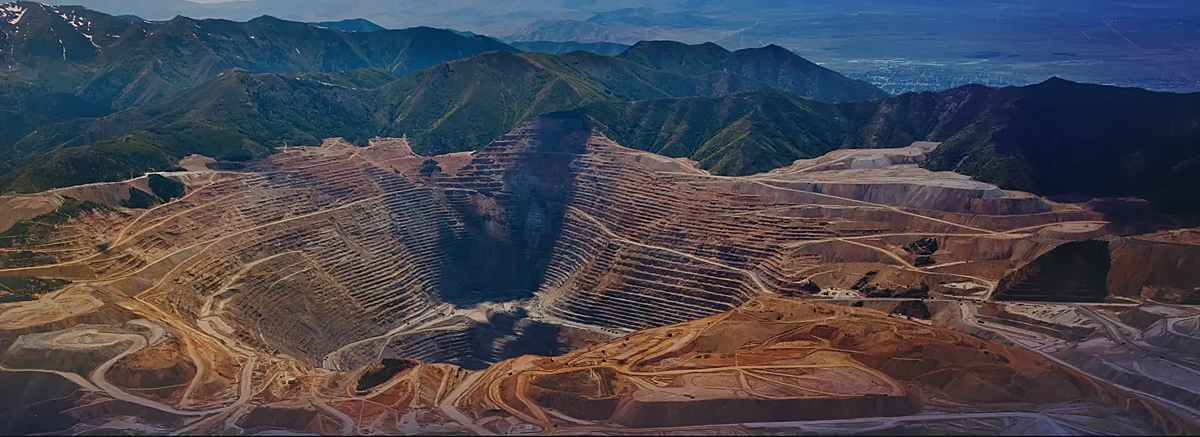(Part 2) Part 1 can be read HERE
When I came back from my studies in Europe, I continued my studies at the UP College of Law. For me it was UP Law or bust because I financed my way to law school attending evening classes. Surely, with a meager government salary, I couldn’t have afforded pursuing law studies without the subsidy from taxpayers.
I was a junior member of the petroleum contracts team and negotiated production sharing agreements with private corporations. I was impressed with the depth of knowledge and demeanor of the foreign lawyers who represented the international companies. The head of our agency was also a tax lawyer, and I saw how he and the lawyers representing the private companies would discuss commercial and legal issues with all aplomb and passion. I wanted to be like them.
Juggling work deadlines, law school classes, and personal life was overwhelming. Long working hours followed by evening classes often led to my physical and mental exhaustion. Tuition fees, books, and other expenses added financial stress. On some occasions, the pressure and long-term commitment caused me doubts and burnout. It wasn’t easy, but with discipline, planning, and self-care I just focused on my long-term goals.
Back then, traffic during rush hours was not that bad and travel time from the DOE office in Fort Bonifacio to Diliman was less than an hour. Meanwhile, the early 1990s was a period of severe power crisis when the country experienced rotating blackouts that lasted up to 10 hours a day particularly in Metro Manila. The economy suffered from an insufficient power generation capacity due to years of neglect and underinvestment in energy infrastructure. During those half-day blackouts, I spent most of my time reviewing for my law class.
The energy crisis severely impacted industries, businesses, and households. Criticism focused on President Corazon Aquino’s government for failing to heed repeated warnings of crumbling infrastructure and an inevitable power breakdown. To address the crisis, President Aquino enacted measures allowing private companies to invest in power generation, a significant shift toward privatizing the energy sector. The situation was eventually alleviated during the administration of President Fidel Ramos, who prioritized energy reforms, signed contracts for new power plants, and improved the power supply. While the measures ultimately stabilized the energy situation, some of the agreements later faced criticism for being too expensive and contributing to long-term high electricity rates in the Philippines.
At the DOE, I gained a lot of exposure on contracts negotiation especially when the government was negotiating with the consortium that operated the Malampaya Natural Gas to Power Project. During that time, I was bombarded with financial terms like “sovereign guaranty”, “off-the-balance sheet“ and “take or pay” which I didn’t learn from technical school. So, during one law school break, I managed to convince my bosses at the DOE to send me to a business school run by the University of Texas at Dallas for a short course in Advanced Oil and Gas Financial Management. Attendance on the month-long course enabled me to interact with a diverse group of industry professionals and finance experts from international petroleum companies. We engaged in discussions on cost analyses, risk assessment, and investment strategies not only in the upstream sector but downstream operations as well.
With proper time management, I did my best to balance my career with my law studies. By staying true to my goal of becoming a lawyer, all the late nights and sacrifices eventually paid off. While pursuing law, I even managed to become the Officer-in-Charge of the Oil and Gas Division at the young age of twenty-nine.
After graduation from law school and passing the bar examinations, I felt the need to shift gear and widen my horizon from upstream petroleum to new and emerging industries. The 1990s saw growing global demand for minerals and metals, driven by industrialization in countries like China and India. The Philippine government pursued economic liberalization policies to attract foreign direct investment in various sectors, including mining. Mining was viewed as a way to bring in foreign capital, enhance exports, and increase government revenues.
With the signing of the Philippine Mining Act in 1995, the Ramos administration actively promoted mining as a key sector for economic growth. The pro-mining law provided many incentives to resources companies. As a result, from 1994 to 1996, exploration boomed as the country witnessed a 400 percent increase of foreign mining companies like Rio Tinto, Anglo American, Newcrest, Newmont, Phelps Dodge, Goldfields, and other big mining houses.
As a young lawyer then but having vast experience in contracts negotiation gained from the DOE, I was headhunted and recruited to join Australia’s WMC. WMC was awarded a Financial and Technical Assistance Agreement (FTAA) by the Philippine government in 1995 to develop the Tampakan Copper Project in South Cotabato, Mindanao. I didn’t have much experience in mining laws but FTAAs and petroleum service contracts have similarities since both have the same constitutional basis allowing 100% foreign ownership of companies engaged in the exploration, development, and utilization of natural resources.
The boom in mineral exploration at that time also saw the emergence of native title and social license issues. Around the world, host communities and governments expected companies to do more to support stakeholders and leave a positive legacy for the future. With WMC, I gained extensive experience in environment laws and policies such as indigenous peoples rights, land access agreements, forestry, community organizing, capacity building, and resettlement.
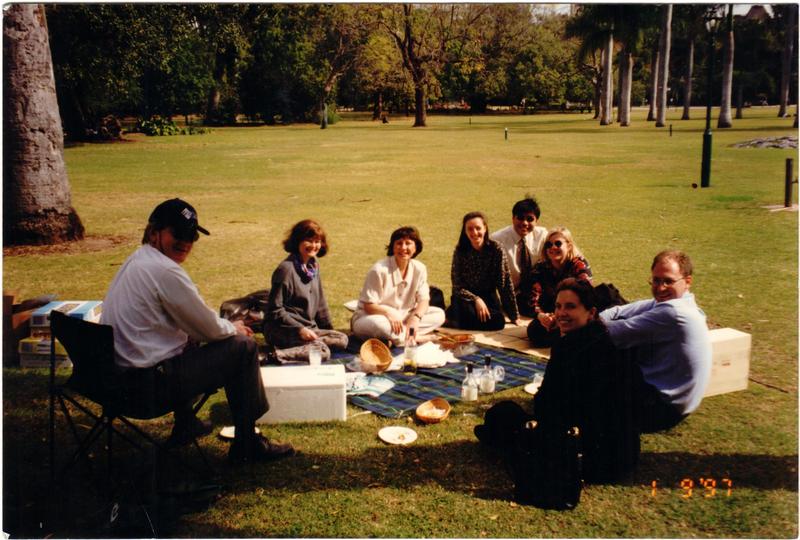
Part of my job required me to be seconded to WMC’s numerous business units in Australia for a year. The secondment exposed me to advanced compliance strategies and risk management techniques used by the company. My interactions with WMC’s in-house legal teams and operational managers on complex transactions, project financing, and regulatory issues enabled me to develop skills in corporate governance, project development, and indigenous rights negotiations—areas where WMC has extensive experience.
Part of my secondment included working with Minter Ellison, an Australian law firm which was WMC’s external legal counsel for its fertilizer project in Queensland. Aside from acquiring lessons in Australian legal models to improve resource management, I also developed soft skills, including adaptability and cross-cultural communication. The skills and experience I gained from my Australian secondment benefitted my legal career tremendously as the mining industry became increasingly globalized with companies operating across multiple jurisdictions.
Meanwhile, the 1990s and early 2000s saw the wave of mergers and acquisitions among mining companies, which was driven by several global and industry-specific factors. These consolidations were often aimed at enhancing competitiveness, reducing costs, and managing risks in a rapidly changing global mining landscape. To remain competitive, mining firms sought to merge with or acquire others to gain access to new markets, broader resource bases, and greater economies of scale. Mergers also allowed companies to create vertically integrated operations, from exploration to production to distribution.
In 1999, WMC became a key part of this ‘get big’ push when it was acquired by BHP. Other companies followed suit. Newmont Mining Corporation acquired Normandy Mining and Franco-Nevada in 2002, becoming the world’s largest gold producer at the time. BHP merged with Billiton in 2001, creating BHP Billiton, one of the largest diversified mining companies in the world. AngloGold merged with Ashanti Goldfields in 2004 to form AngloGold Ashanti, strengthening its position as a major gold producer.
In 2001, WMC which had invested $39 million for exploration and support activities in its Tampakan project decided to pull out of the Philippines. Following an evaluation of the mineral resources of its Tampakan project, the company decided that it would not be able to meet an acceptable rate of return on investment. The company said it also took into account the continuing drop in the price of copper in the world market at that time. WMC sold its rights and interests to the original claim owners, paving the way for its complete pull-out from the Philippines. I was among those retrenched from the company.
With this development, I was fortunate to have won a scholarship given by the Australian government to pursue my Master of Laws at the University of Melbourne. Melbourne Law School is ranked among the top law schools globally, making its LLM a prestigious qualification. Their LLM program offered me further exposure to both common law and international law perspectives, crucial for my legal practice which deals with cross-border energy and resource issues. I focused my subjects and research works on resources and infrastructure business development and project finance.
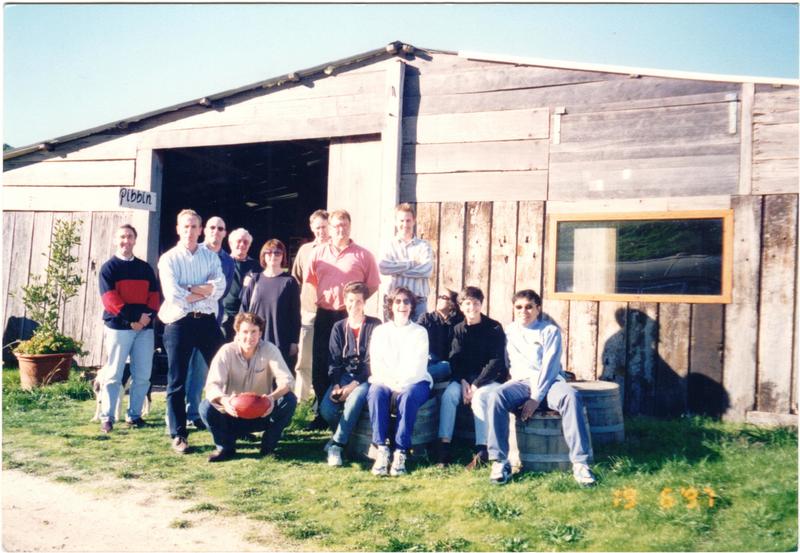
Fresh out of graduate school in 2002, I was still feeling my way into the professional mainstream. With so much time on my hands and still deciding on how I would restart my career, I thought that perhaps a part-time lecturing job would suit me at that time. It was an avenue for me to reintegrate myself into the legal profession after being out of the country for almost two years. My return from graduate school was an opportune time for me to teach and share what little knowledge I have acquired from my studies. After all, I won an Australian Development Scholarship so technically, I have to pay forward and reciprocate the opportunity of studying in Australia’s highest rated university in legal studies.
I spent six years as a titled part-time university lecturer at De La Salle University-Far Eastern University, which offered a dual degree program, Master of Business Administration-Juris Doctor. At the same time, I embarked on and developed my private law practice after spending years as an in-house counsel. In my first lecturing experience, I developed and implemented a syllabus on legal research with emphasis on internet legal database research. I also taught environmental law with emphasis on global practice. At that time, those subjects were relatively at their infancy.
My stint in DLSU-FEU paved the way for further professorial lecturing opportunities in other universities. I was invited to lecture at my alma mater, the University of the Philippines National Institute of Geological Sciences where this time, my students were graduate students doing their Master of Science in Geology. In UP NIGS, I developed and implemented a syllabus on Mineral and Energy Policies. I was also invited to lecture for the geology board examination review on Resources and Environmental Law. It gave me the opportunity to lecture around the country before students who want to join the mineral, energy, and resources industries. I was also invited to lecture at the Bangkok-based Asian Institute of Technology, where my student were senior executives from private and government-owned Bangladesh companies. Lecturing gave me an extensive opportunity to promote one of my advocacies - creating career development programs through student mentorship. By acting as resource person in fora organized by student groups, I have been able to reach out to many youth organizations.
I also got involved in the renewable energy industry by volunteering as legal counsel of the National Geothermal Association of the Philippines (NGAP). My background in energy law, environmental regulations, drafting contracts for project development, and corporate transactions enabled me to branch out to renewable energy following the passage of the Renewable Energy Act of 2008. Serving as director and legal counsel for NGAP allowed me to understand RE industry policies and expand professional network within the geothermal sector. It gave me an opportunity to contribute advice on legislative and regulatory developments affecting geothermal projects, assisting with drafting policy recommendations, and participating in working groups focused on legal and business issues. I was nominated by NGAP to be the Philippine representative and board director of the International Geothermal Association, where I gained further professional global network in the industry.
Through the years, I provided legal and commercial advice and prepared country risk analysis to geothermal companies. I wrote many legal articles on geothermal, and some were cited in policy papers published by development agencies. I believe that the greatest recognition by the industry was being invited to write the chapter on the Philippines for the Second Edition of the book "Geothermal Power Generation: Developments and innovation" published by Elsevier. Elsevier is one of the world's leading scientific publishers and data analytics companies. I was also engaged as consultant by an international cooperation agency to assist a foreign government to review its geothermal contractual framework agreements.
In 2022, I was appointed by the President of the Philippines as Chairperson, Professional Regulatory Board of Geology of the Professional Regulations Commission. The PRB Geology plays a pivotal role in overseeing the regulation and governance of the geology profession. The Board presides over board licensure examinations and supervises the evaluation and accreditation of geology programs. Additionally, the Board works closely with other government agencies, academic institutions, and industry stakeholders to promote continuous professional development and to address emerging issues in the geosciences.
At the same time, I received formal recognition from my peers in the legal profession by being involved in arbitration proceedings as Chair and Member of Panel of Arbitrators in numerous high-value and impact cases. I was also invited to act as a judge for the Asian Legal Business - Philippine Law Awards since 2020 in the categories of energy and resources, among others.
Resources and energy issues have become complex and highly technical, requiring specialized expertise and experience. These challenges demand not only a deep understanding of the law but also insights into the intricate details of geoscience. A specialized skill set that combines law, policy, business, and technical expertise is much needed to effectively tackle challenges in the resources and energy industry. Acquiring this interdisciplinary expertise allows a lawyer to better understand complex scientific technical data, financial information, and government policies to effectively communicate with stakeholders.
For a government regulator, having a legal background combined with expertise in geosciences offers a distinct advantage in shaping and enforcing policies and regulations in relation to natural resources management. It allows the regulator to interpret complex technical data accurately, draft more effective and scientifically sound policies, and ensure regulatory decisions are both technically sound and legally robust. Additionally, the ability to bridge the gap between legal frameworks and scientific data makes the expert invaluable in high-stakes cases, contract negotiations, and policy development. Being a lawyer with a background in geosciences, I can say that it is professionally rewarding due to the high demand for legal expertise in specialized, lucrative sectors such as environmental law, energy, mining, and natural resource management.
Fernando “Ronnie” S. Penarroyo specializes in Energy and Resources Law, Project Finance and Business Development. He is also currently the Chair of the Professional Regulatory Board of Geology, the government agency mandated under law to regulate and develop the geology profession. Atty. Penarroyo was recently awarded the 2024 Distinguished Alumnus Award for Geosciences by the UP Alumni Association. For any matters or inquiries in relation to the Philippine resources industry and suggested topics for commentaries, he may be contacted at fspenarroyo@penpalaw.com. Atty. Penarroyo’s commentaries are also archived at his professional blogsite at www.penarroyo.com

